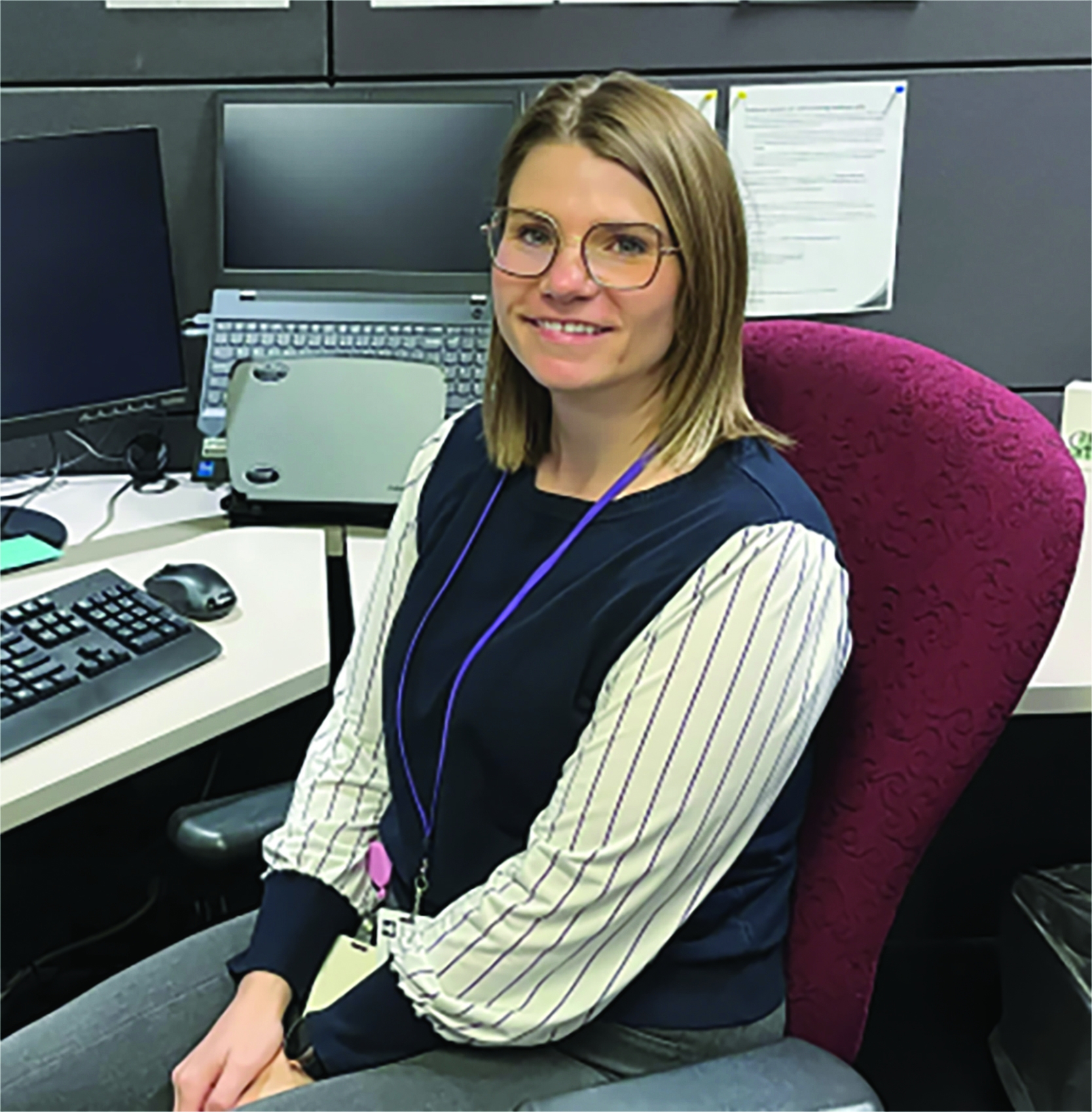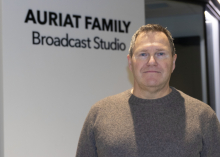The Jumping Point to a Rewarding New Career: Alumni Feature
July 29, 2025
It was an exciting new technological field that Jacklyn Waronek found really interesting, but she was too close to completing her university degree to really delve into it.
The graduate of Assiniboine’s Geographic Informations Systems (GIS) diploma program says “I had completed my environmental biology at the U of S and, in my last year, I took one geomatics course that involved GIS. I really liked it but I took it in my last year, so if I wanted to do a minor, I would have to do an extra year’s school and, at the time, I wasn’t ready to do another year of
school.”
A few years later, she was working in Saskatchewan and decided she wanted to do more with her career. “I remembered GIS,” she says, “but I didn’t want to be in school for super-long. I wanted to get into the career and Assiniboine kind of worked in my schedule because it’s a one-year course, and so that made it a lot easier for me to commit to that.”
After graduating in the spring of 2021, Jacklyn did environmental work for a company in Virden, MB for a year, but was then hired as a GIS analyst at Sask Energy, a Saskatchewan government crown corporation that is responsible for delivering and selling natural gas to residential, commercial, and industrial customers in that province. “It was the perfect position for me,” she says. “I recently started a new position here as an environmental advisor, but we still use a lot of GIS tools. I went from the GIS analyst position for two years, and in my current position now, we utilize a lot of the tools that the GIS team created.”
She adds that “a lot of GIS is still heavily used in my new position as an environmental advisor, but I have ended up being an end-user instead of a creator in this position. We put in a lot of feedback of which tools we think need to be used or how they can be betterutilized. That’s how my GIS experience enhances this position overall.”
Asked for an example of what GIS adds to her work, Jacklyn says that “A lot of people think GIS is just maps, but it’s a lot more than that. For example, if you want to do an analysis on whether an environmental project is needed, you can layer up all of these different factors. If we’re looking at heritage sites and Indigenous land, and invasive species, and sensitive sites, you can layer all of these factors on top of a map, so you can visually see how they all intersect.”
She adds that “A lot of people don’t understand what GIS is, but once they hear a number value behind it – that it could save them hundreds of thousands of dollars in time and resources – then they start asking questions about how they can incorporate this data for their purposes.”
“Honestly, data is probably the most valuable thing for any company in any service. It’s the most powerful thing they can have, the most valuable thing they can have.”
For those considering a career in GIS, Jacklyn says “There’s so many different possibilities, so much diversity in the career. It’s more than just coding and cleanup of spreadsheets. You can get into analytical work, server management, data collection. There’s a use for GIS everywhere.”
Regarding her time at Assiniboine, she says “Everyone I dealt with at Assiniboine was fantastic to work with, and open and honest. They were just as curious as I was when I had questions, and were able to lead me in the right direction without telling me the answers.” She adds that “I highly recommend the course to anyone who’s interested in data.” Because the course is only one year, it’s definitely fast-paced, and it has great instructors too. It gave me that jumping point to the rest of my career here.”




